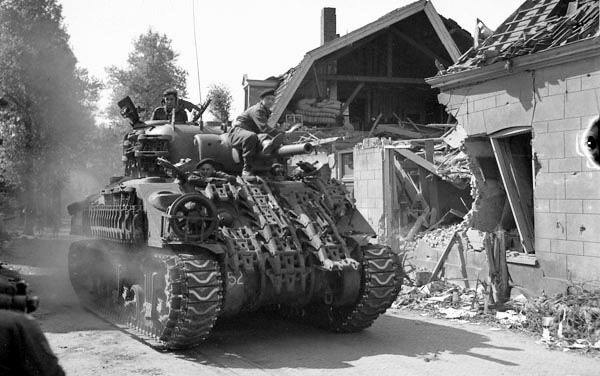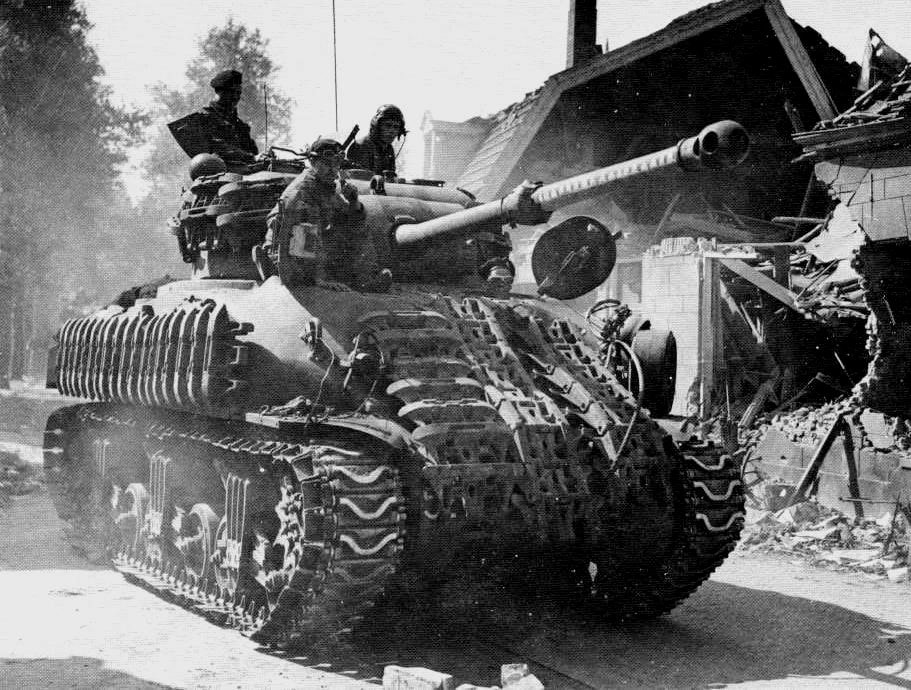Joining this race was the 5th Armoured Regiment, 8th New Brunswick Hussars, who were to play a prominent role in Operation Cleanser. After mustering in Arnhem, the regiment prepared for the push to the Ijsselmeer. Intelligence briefings indicated that the Germans arrayed against the regiment were not fielding any heavy armour. Now it was simply a matter of cutting through those German forces that remained. The regiment prepared to engage in tank warfare the likes of which they were unable to experience in the confined spaces of the Italian interior. If successful, the Germans wherever they might pivot would be met by the Canadians on all sides.
Notwithstanding this, the fight continued with the regiment pushing on towards the coast. Flush from their victory the day before, the Hussars increased their speed. They had to reach the coast before the Germans could join up with their compatriots and mount a resistance against the 1st Canadian Division chasing them. As such, many of the smaller towns were bypassed as the regiment hustled towards Putten. With the Germans nearly encircled, the Hussars quickened their pace, the race to Ijsselmeer was not over yet.
Regrouping for the final assault on the fourth morning, the regiment prepared itself to burst through those last German positions and reach the Ijsselmeer. Moving forward, the regiment brushed aside the demoralized contingent of German soldiers remaining in their path and charged into Putten. The city’s residents turned out to laud their liberators. Shortly after, an advance party had parked itself on the shores of the Ijsselmeer. Four days after setting out, the regiment had accomplished its task. The Germans were successfully contained, and large swaths of the Dutch people had been liberated. The success in this campaign would force the Germans to the table to work out their surrender. The race to the Ijsselmeer had been won.
To find out more about Operation Cleanser, or about the 8th Hussars in general, stop by the 8th Hussars Museum located in the historic Sussex Train Station along Broad Street.


